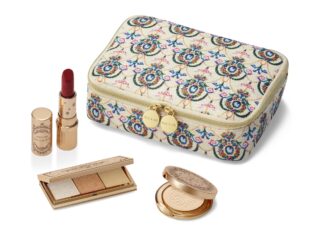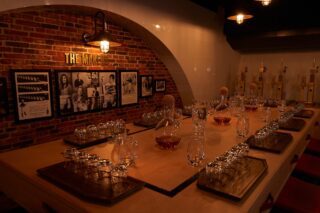This website uses cookies so that we can provide you with the best user experience possible. Cookie information is stored in your browser and performs functions such as recognising you when you return to our website and helping our team to understand which sections of the website you find most interesting and useful.
Finding their muse
By Gabriel Power | 15 January 2022 | Lifestyle
Notting Hill-based design duo Inge Moore and Nathan Hutchins have mastered the art of creating spaces that leave you speechless, from island resorts in the Maldives to luxury train interiors in the Peruvian Andes. Under the name Muza Lab, they are now redefining what it means to create luxurious interior spaces
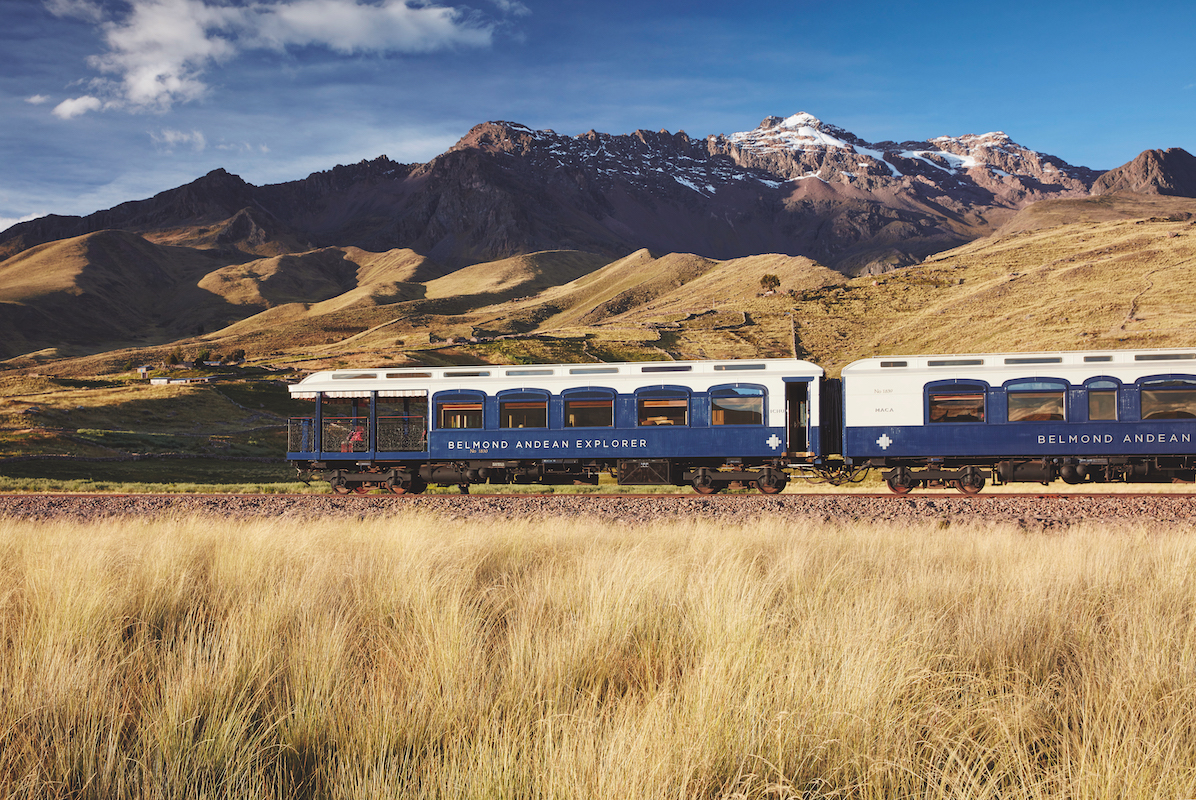
For an industry so rife with creativity and innovation, the world of design is one that often finds even its most accomplished practitioners slip into cliché when describing their approach; or, worse yet, when they are actually designing something.
Genuine unpredictability is a rare and precious commodity in interior design – it is one of very few industries in which this is the case – but attempts to create truly one-of-a- kind spaces will frequently fall into the realm of the overwrought, cluttered by superfluous flourishes and embellishments that serve little purpose.
“Everything needs to have a meaning; everything needs to make sense.”
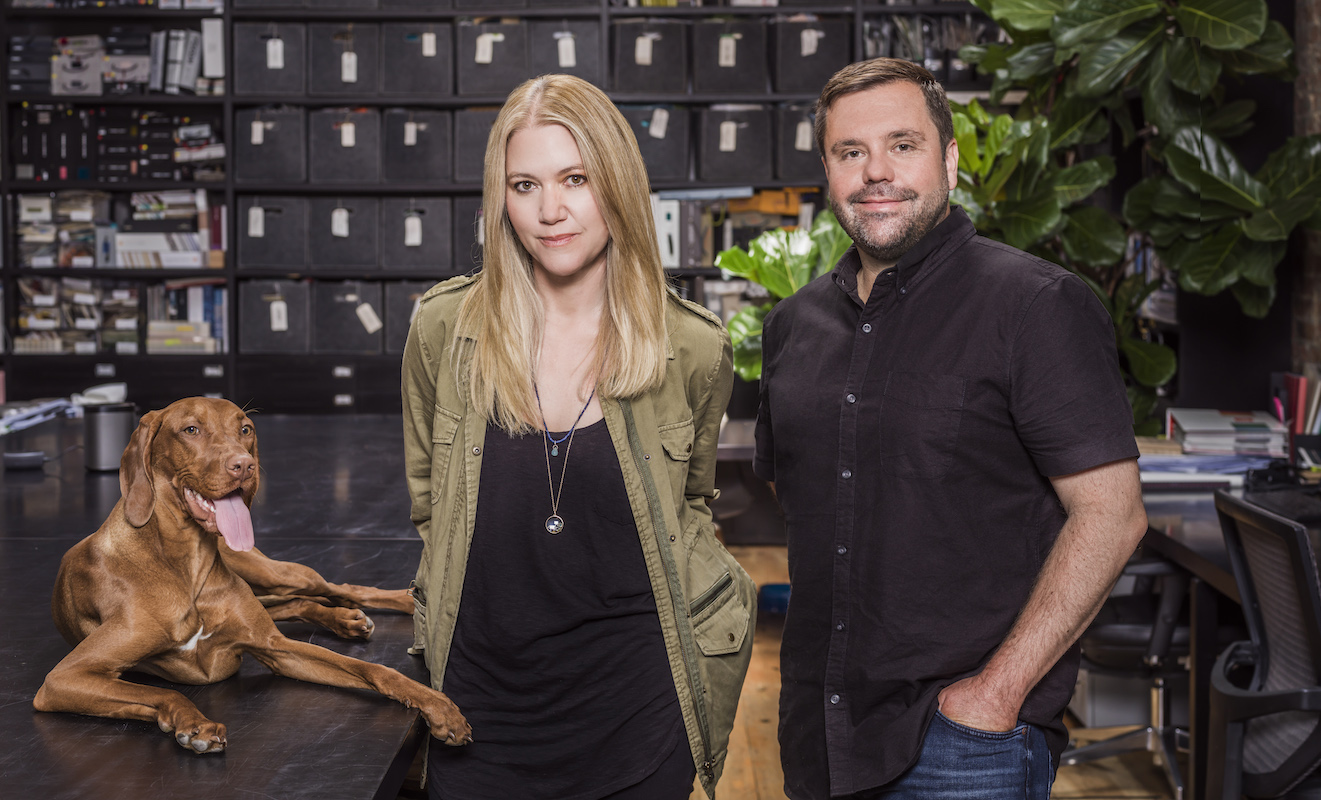
This was the first piece of design-based wisdom imparted to me by Inge Moore, interior designer and one half of Muza Lab, a studio founded in west London in 2016 with her long- time collaborator Nathan Hutchins. Since creating their own design firm, the pair have turned heads with their meticulously curated interior designs the world over – from London to the Maldives to Brazil and back – and their success on the global stage can be partially credited to knowing the limits of human perception and working under the ethos that less, more often than not, really is more.
“Everything needs to work and be practical,” she says. “This makes people understand and enjoy the space more, rather than us all living in purely aesthetic white spaces.”
Hutchins steps in, describing what they look for in a project: “Uniqueness is important. Inge and I are easily seduced by unique buildings and sites, as well as clients with an incredible vision to do something out of the ordinary.
“We don’t want to do the same thing over and over and sometimes the right project will come up at the right time; one of us will say ‘hey, we haven’t done an amazing spa in three years’, and then an amazing subterranean site comes up and we think ‘of course we have to take that on’. We like variety, we like new challenges and we like fascinating destinations rich in character and history that we can draw on.”

“We’re lucky that we have so many projects in such amazing destinations, from Shanghai to Saudi Arabia to Palm Beach,” says Moore. “We’re really into promoting multiculturalism through our design, something we feel is reflected in our team here in London – we have 15 staff members and 28 passports between them. We are at the crossroads of the world here. If we had lived several hundred years ago, I’m positive we would have been explorers, not designers.”
The studio’s name is derived from the Greek word for “inspiration” (and where we get the word “muse”), and thus they like to refer to themselves as the “inspiration laboratory”.
“All different kinds of inspirations are brought to our laboratory and made to work together so that they are practically, ergonomically and environmentally ready,” says Moore. “Our lab is a place where science meets inspiration.”
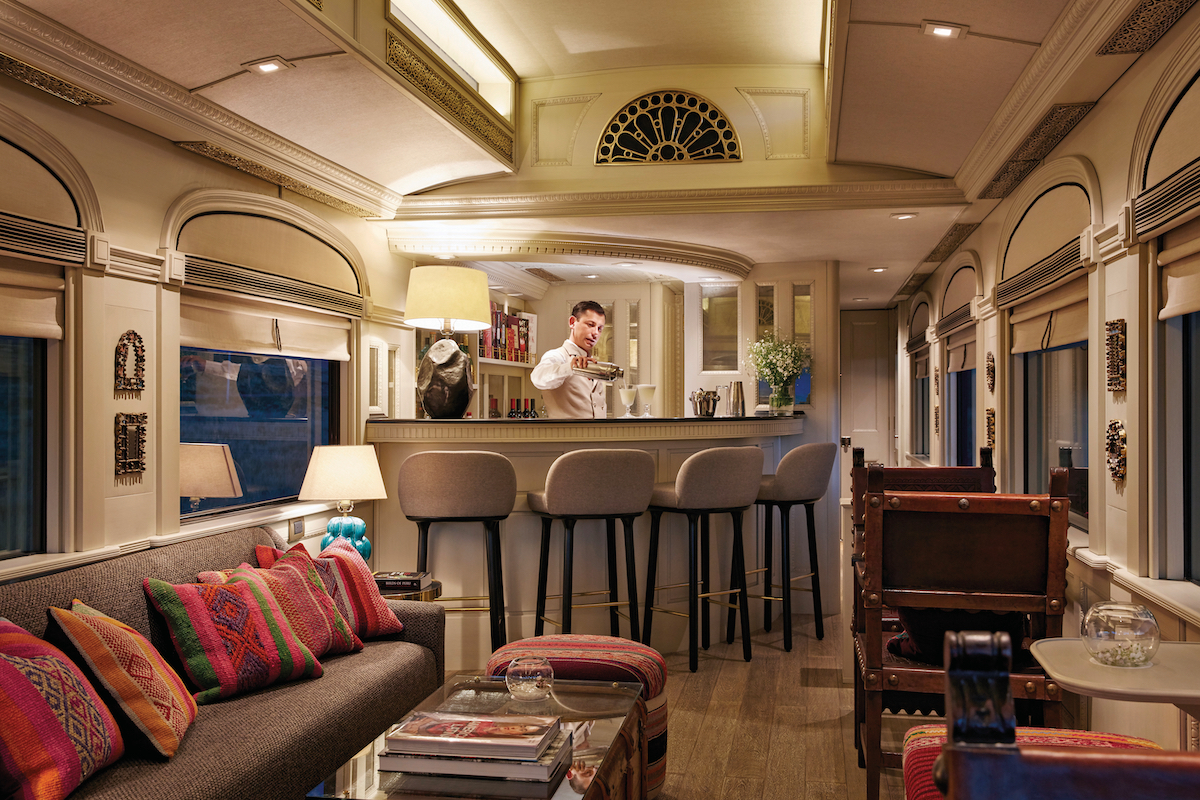
Using this mantra, the duo has, so far, kept nearly everyone in their sphere of influence guessing with their highly contrasting designs, including their classically muted vision of the Park Hyatt Milano, the untamed spacious Eagle Island Lodge in Botswana’s Okavango Delta, to a luxury desert resort in Saudi Arabia or contemporary One and Only Athens . »
But one project has grabbed the attention of the industry for its inversion of the design norms one might expect from such a venture; the Belmond Andean Explorer, a luxury sleeper train that runs between the Peruvian cities of Cusco and Arequipa. The stunning interiors of the train, which launched in 2018 and replaced the old Pullman day service that ran the route, were Moore and Hutchins’ take on using minimalism within to enhance the maximalism of nature outside, with pristine whites and airy interiors complementing the rugged terrain of the Andes. Hutchins is quick to quell the notion that designing in such limited space posed any unique challenges to the pair.
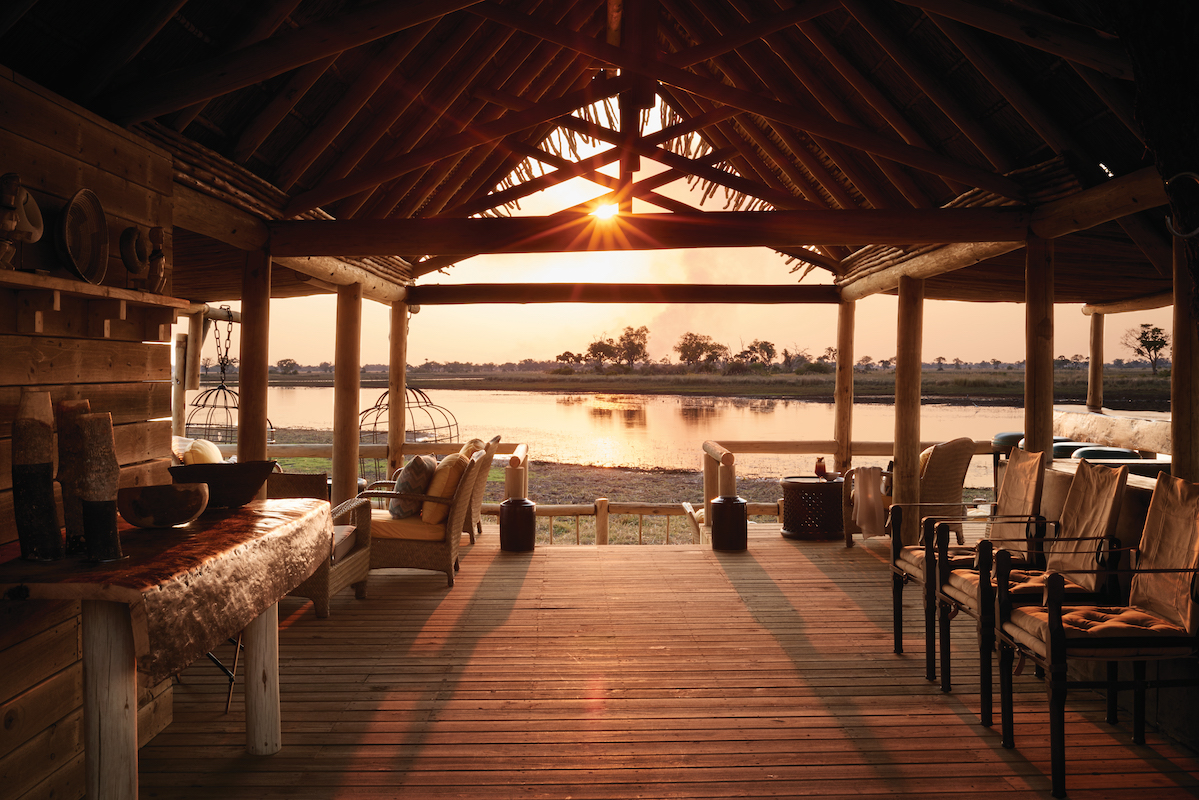
“It’s the same as every project, really,” he says. “Just because it’s small doesn’t mean much; it’s still about making people feel good when they’re in that space, and I think the pictures show that it’s very light and fresh. Nobody wants to be in a small, dark room.”
“Lots of older trains used on great journeys use a lot of dark timber, dark wood, velvet and tassels and we just wanted to get rid of all of that,” adds Moore. “The Belmond is an old train and we stripped out all that darkness and wanted to replace it with light so that when you travel, the amazing landscape of Peru becomes the real picture.”
The train, due to the somewhat idiosyncratic nature of a major design studio taking on a railway carriage interior, has garnered Muza Lab a fair amount of attention in the art news world. But while both Moore and Hutchins are immensely proud of their work on the Belmond, I sense that it would be too obvious a choice for either of them to call it their favourite. And so, I ask which they might choose in its place.
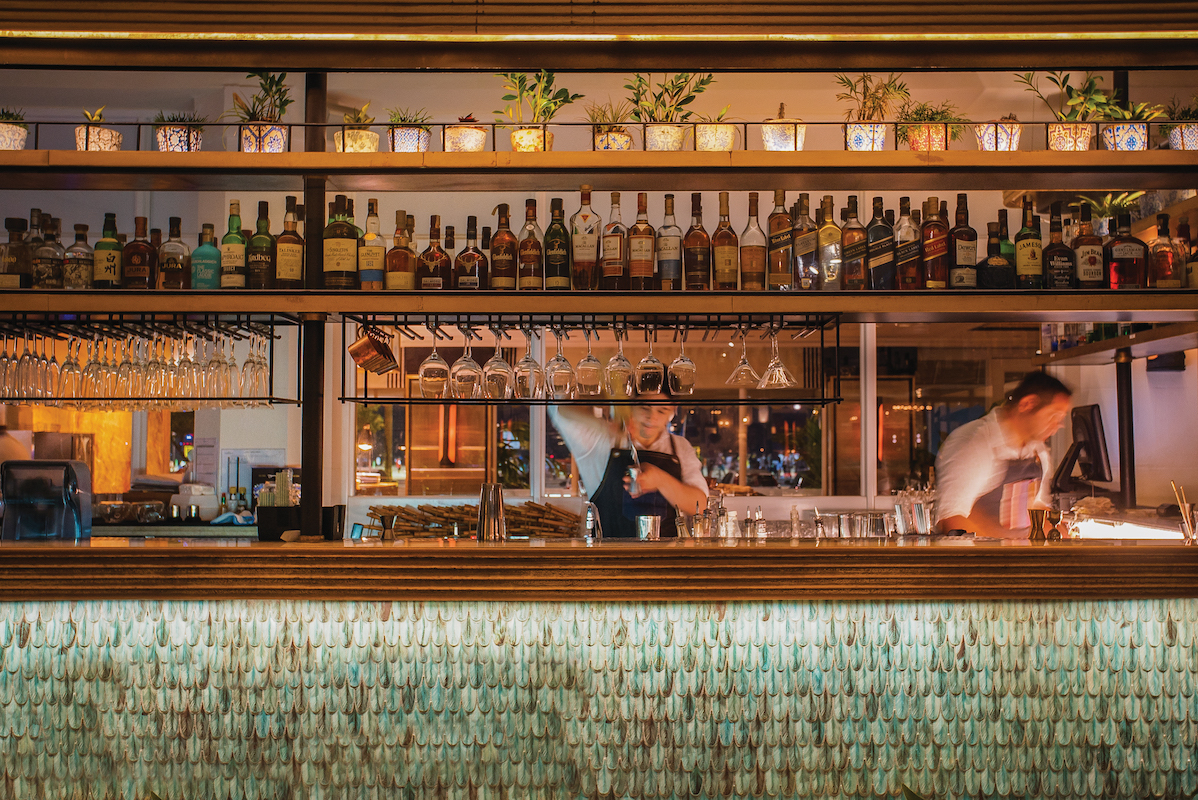
“Most designers have a project that was a major turning point in their career, and for me that was The Alpina Gstaad,” says Hutchins. The Alpina is an intimate five-star luxury hotel high in the Swiss Alps, east of Lake Geneva, which has been enrapturing guests for years with its stunning interiors that make ample use of the generous natural resources of the surrounding area.
“I went on probably 80 trips to the site and knew every inch of that property by heart,” he adds. “On opening night, I was there rewiring lamps myself – I had blood on my hands from converting British plug sockets to Swiss ones – and so to me, the Alpina will always be special.”
“It’s like choosing your favourite child,” Moore exclaims. “But, realistically, it’s often the project that you’re currently working on that is your favourite. You work on these things for so long that seeing them come together just feels great.”
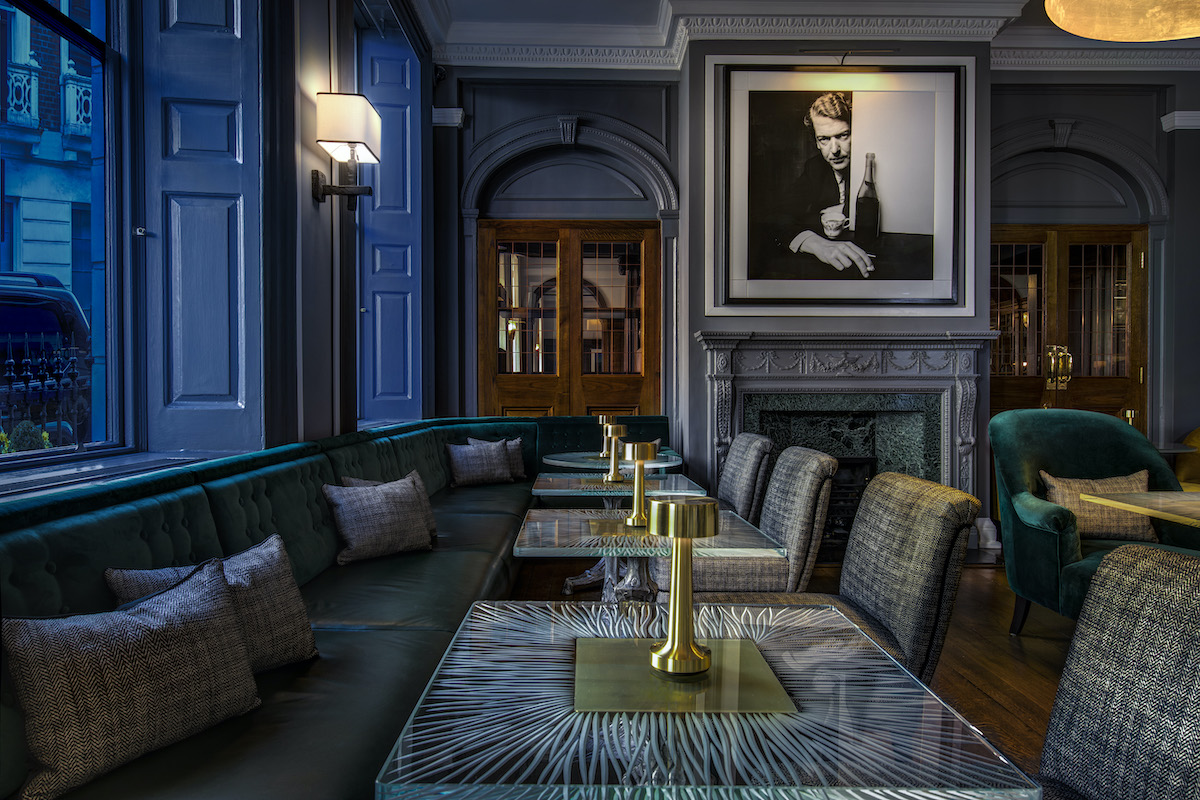
Their current project – one which, once again, comes as something of a surprise for Muza Lab – is the refitting of the 1931 classic superyacht Marala. Rather than attempting to emulate the ultra-modern stylings of most superyachts, the pair have harnessed the ship’s remarkable heritage to create an art deco masterpiece, due to launch for charter later this year.
“The cast of characters that have holidayed on this yacht is quite extraordinary. It was a private yacht for the last royal family in Italy, and Salvador Dalí used to spend his summers on it,” Hutchins says. “After being converted to a navy ship during the Second World War, it was completely bastardised when it was converted back into a yacht in the 1950s. It has been renovated and added to so many times that it was practically ready to tip over by the time we got to it.
“We have completely redesigned it and stripped it back, taking out some of the incongruous additions made to it over the decades and brought back her natural lines, restoring the interiors to 1930s glamour,” he adds. “We even spent time in the National Maritime Museum’s archives to find the blueprints for the original design, which gave us more inspiration.”
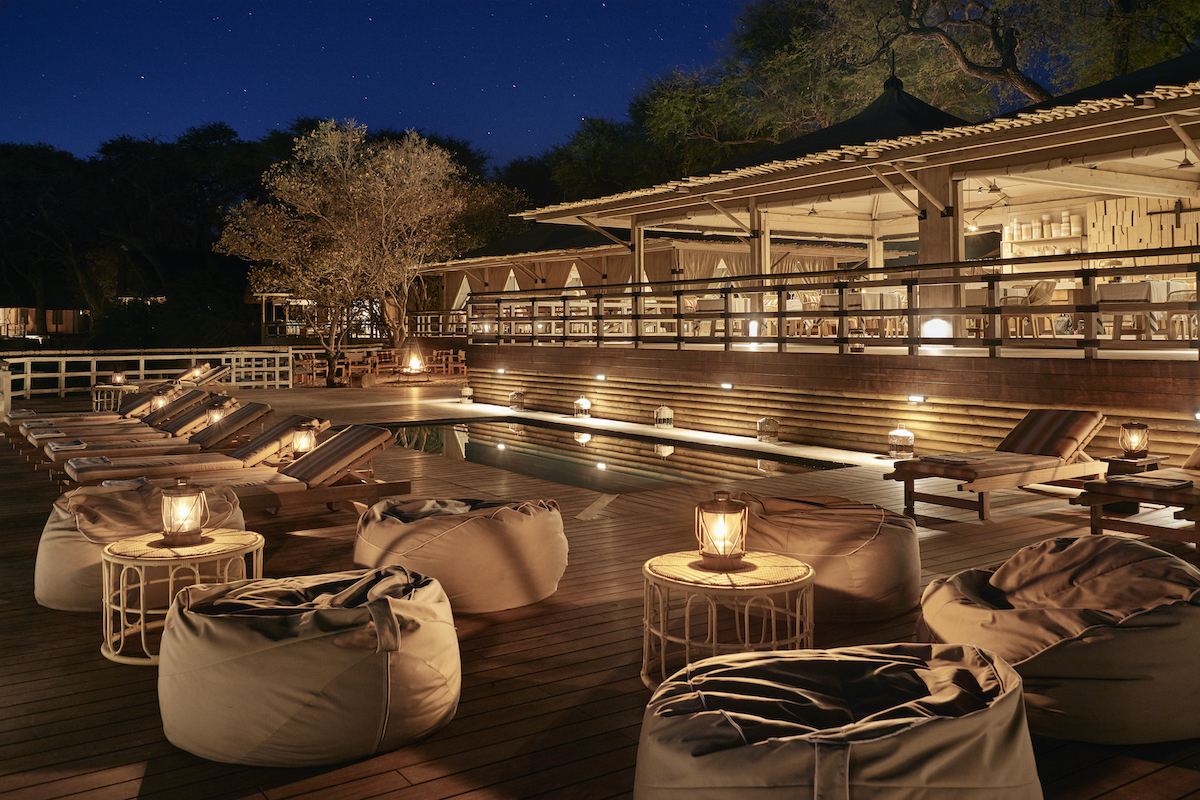
To sum up the vessel, Hutchins makes a statement that could fit all of Muza Lab’s projects, and is part of what makes their vision so unique: “It’s a mix of reusing what we have, repurposing things that were already there, finding a bit of history and then adding our own splash of colour on top.”




